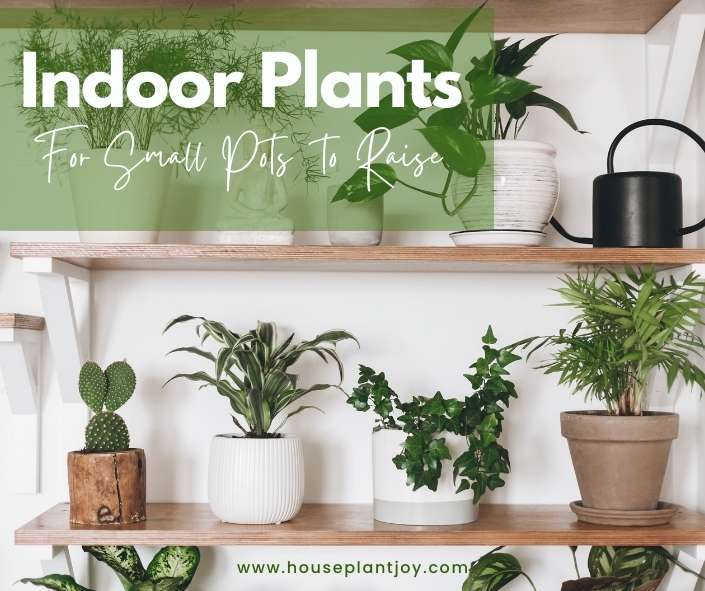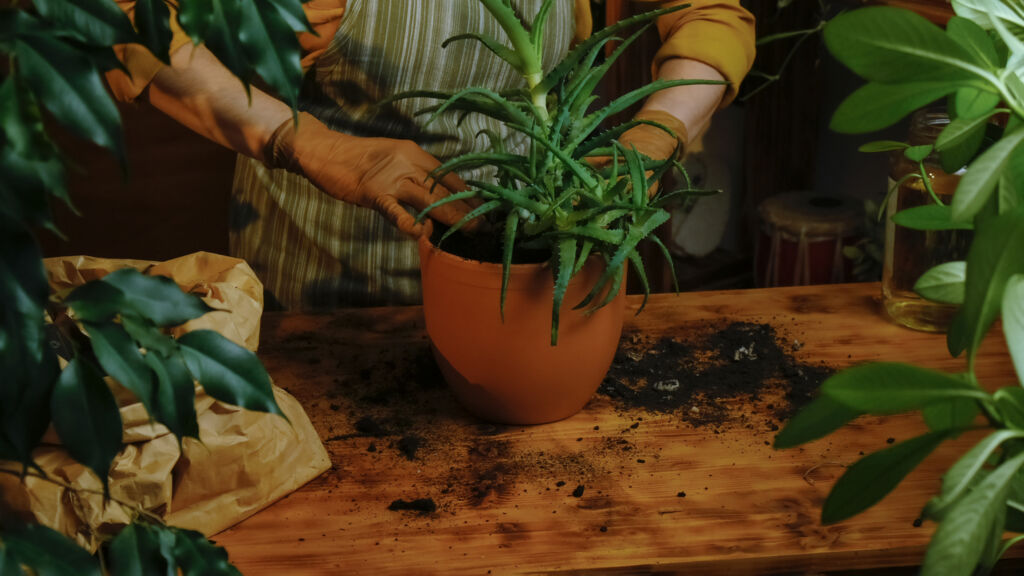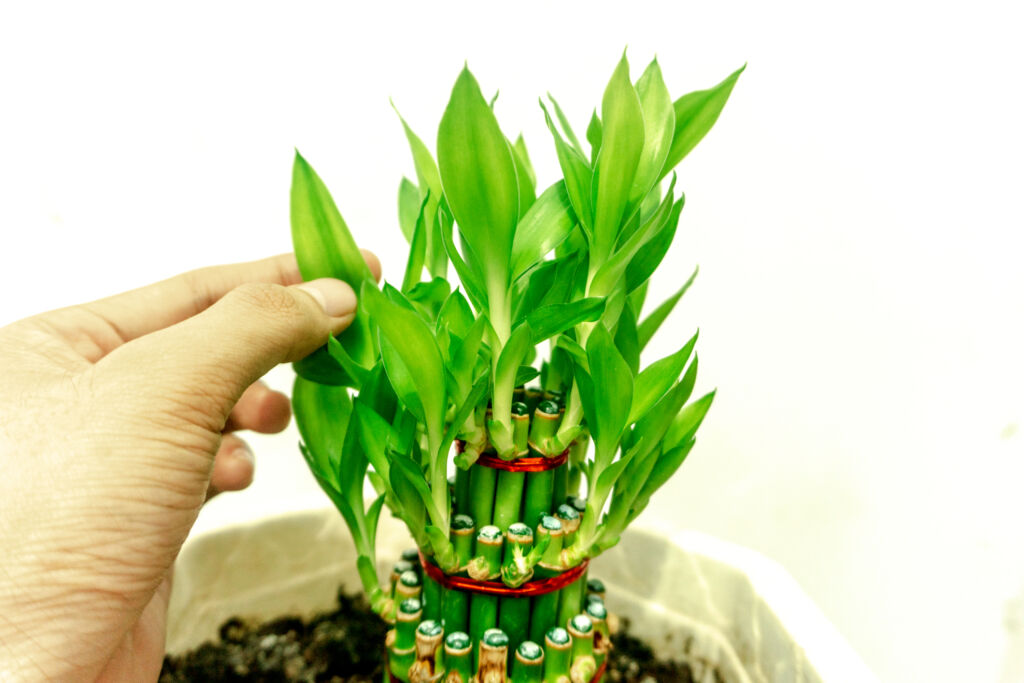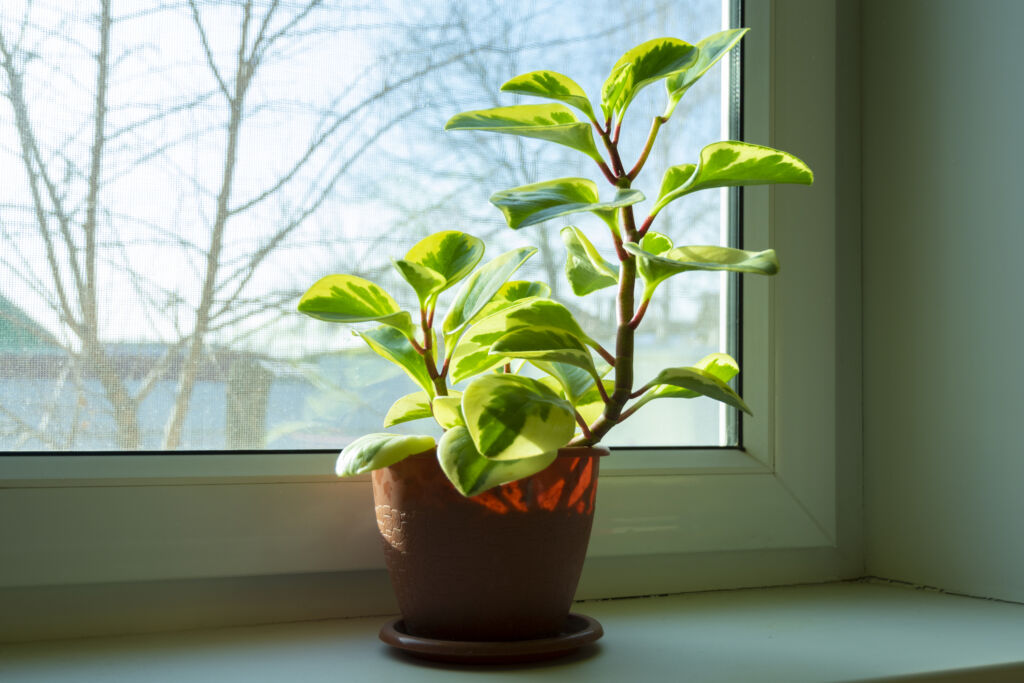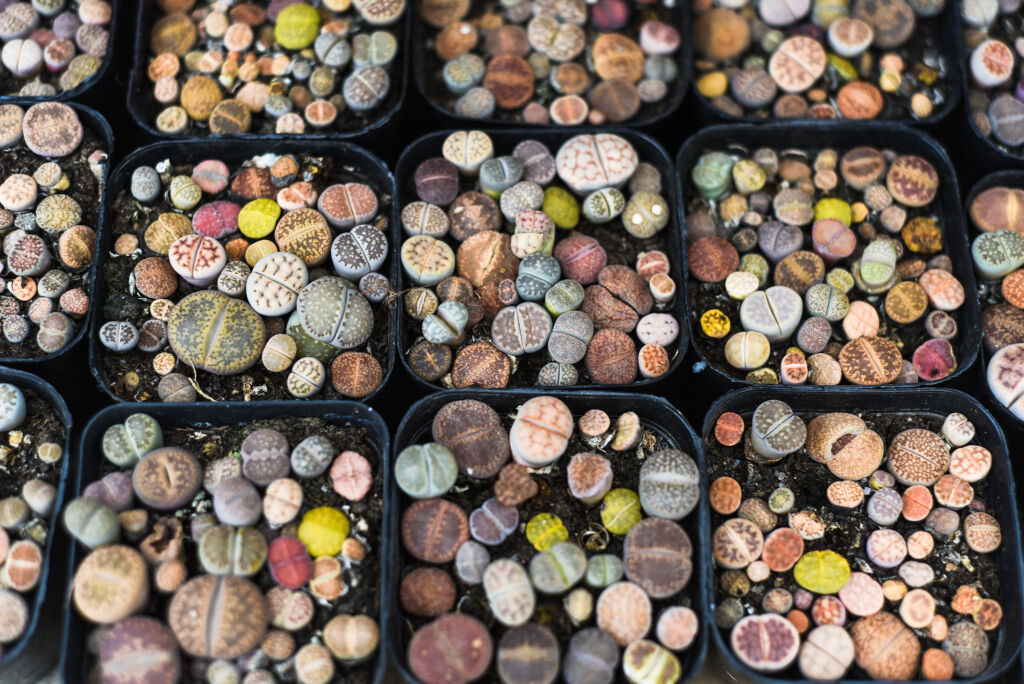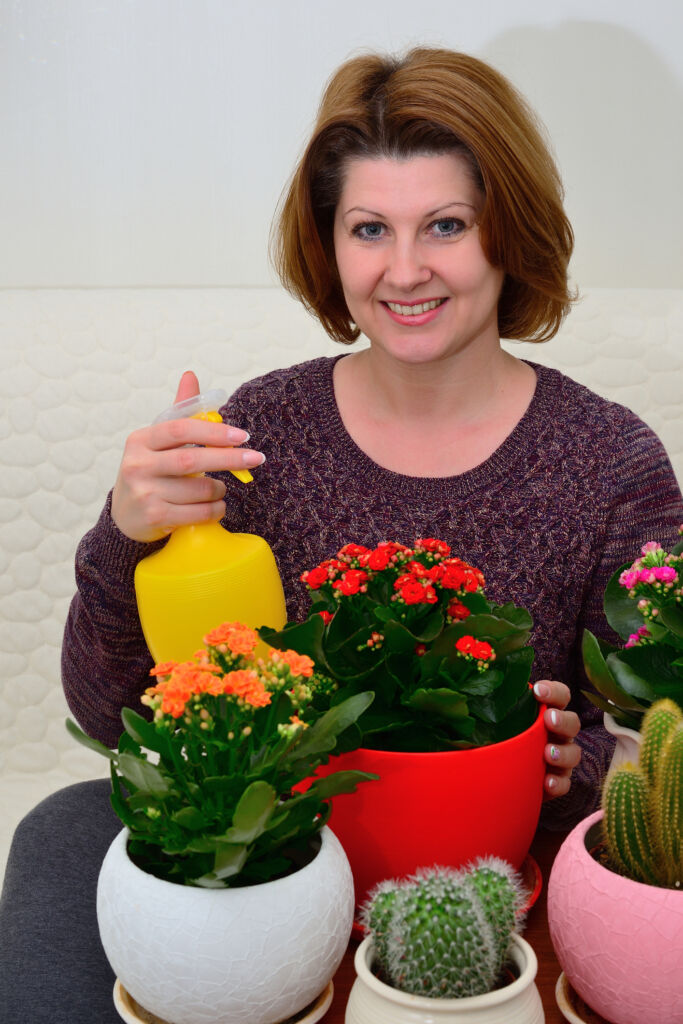HousePlantJoy is supported by our audience. When you purchase through one of our links, we may earn a small affiliate commission. As an Amazon Associate I earn from qualifying purchases. Your cost is not affected.
==================
Keep Indoor Plants For Small Pots
Describing Indoor Plants For Small Pots
Examples Of Indoor Plants For Small Pots
Aloe Vera
Baby Toes
Lucky Bamboo
Peperomia
Oxalis Triangularis
Lithops
Kalanchoe
Discover six stunning indoor plants for small spaces in this captivating video. From the enchanting Tolkien Jade Group to the elegant African Violet and the vibrant Purple Shamrock, transform your space into a flourishing oasis. Don’t miss the Dwarf Snake Plant, Norfolk Friendship Plant, and Milo Calencoe Miller. Get inspired today!
Video Credit: @BalconyGardenWeb
Taking Care Of Indoor Plants For Small Pots
To Wrap Things Up
FAQs
I've always wanted to have indoor plants, but I live in a small apartment with limited space. Can you recommend some indoor plants suitable for small pots?
Of course! Small spaces don’t have to limit your green thumb aspirations. Here are a few delightful options that thrive in tiny pots:
-
Succulents and Cacti: These little wonders are masters of survival. With their unique shapes and vibrant colors, they’ll add a touch of desert charm to your space.
-
Spider Plant (Chlorophytum comosum): Don’t worry, they won’t weave a web! Spider plants are easy to care for and produce lovely cascading foliage, perfect for hanging or placing on shelves.
-
Pothos (Epipremnum aureum): Pothos is a superstar when it comes to adapting to various environments. This trailing vine is a breeze to care for and looks splendid when displayed on a bookshelf or windowsill.
-
Peace Lily (Spathiphyllum): Despite its serene name, Peace Lily is a real showstopper. With its glossy, dark leaves and elegant white blooms, it adds a touch of elegance to any small space.
I often forget to water my plants. Are there any forgiving indoor plants that can tolerate a little neglect?
Absolutely! We all have those moments when life gets a bit hectic. Luckily, there are some plants that can handle a bit of forgetfulness:
- ZZ Plant (Zamioculcas zamiifolia): The ZZ plant is practically indestructible. It can tolerate low light, irregular watering, and even forgetfulness. It’s like having a superhero plant in your home!
- Snake Plant (Sansevieria): If you’re looking for a plant that thrives on neglect, look no further. The snake plant can go for weeks without water and still maintain its striking upright leaves.
- Air Plants (Tillandsia): These unique plants don’t even need soil! They absorb moisture from the air, making them a perfect choice for forgetful plant parents. Just give them a weekly misting, and they’ll be happy.
I have a bit of a black thumb. Are there any beginner-friendly indoor plants that can withstand my less-than-stellar plant care skills?
Absolutely! Even if you’re not a natural-born plant whisperer, there are plenty of plants that will thrive under your care (or lack thereof):
- Pothos (Epipremnum aureum): Pothos is like the superhero of the plant world. It can tolerate a wide range of light conditions, irregular watering, and occasional forgetfulness. It’s the perfect companion for beginners.
- Spider Plant (Chlorophytum comosum): Spider plants are incredibly resilient and forgiving. They’ll produce little spiderettes (baby plants) that you can propagate and share with friends—spreading the plant love!
- Aloe Vera: Aloe vera is a fantastic choice for beginners. It’s not only forgiving but also has the added benefit of soothing properties in its gel. Plus, it’s always ready to lend a helping hand when you accidentally burn yourself while attempting that gourmet recipe!

